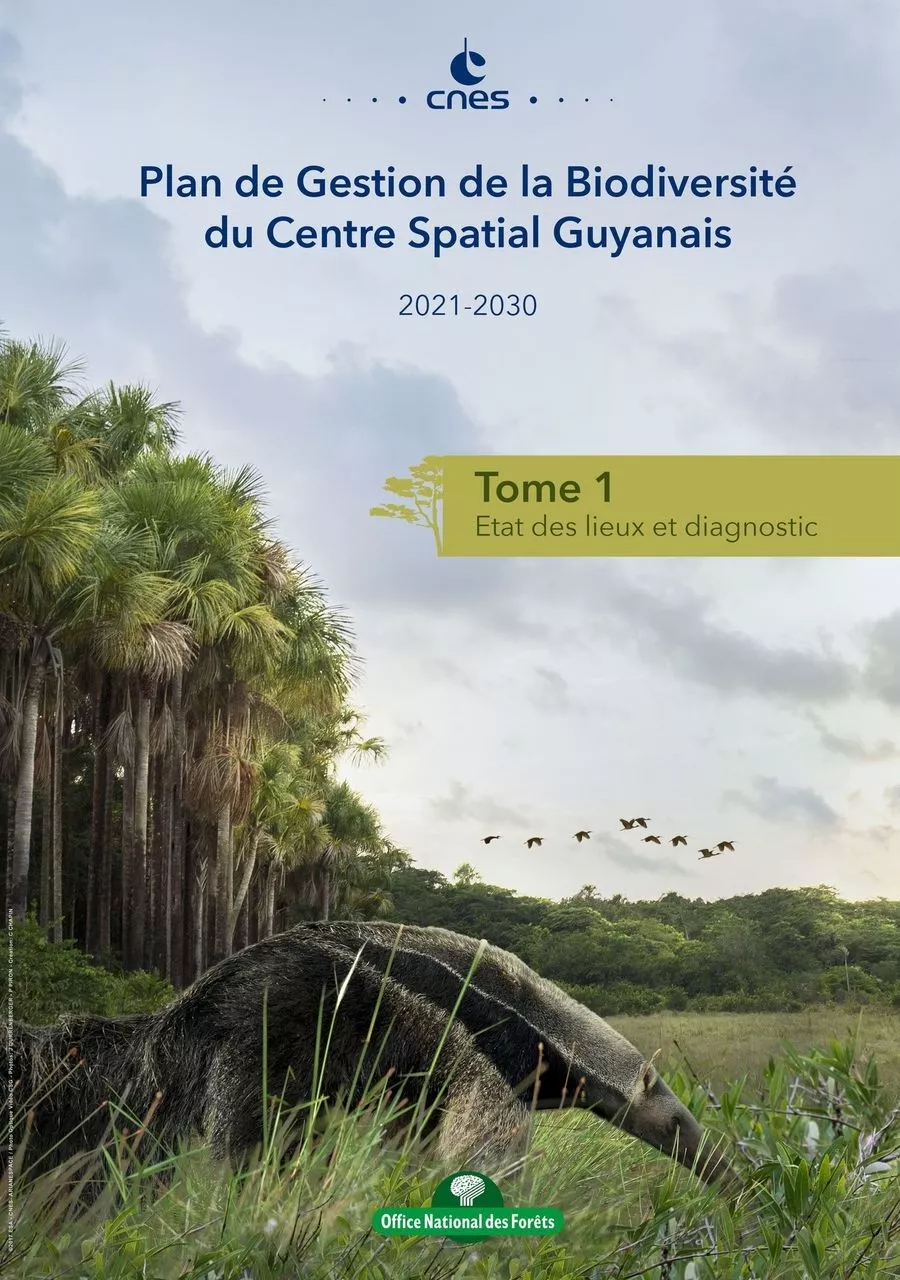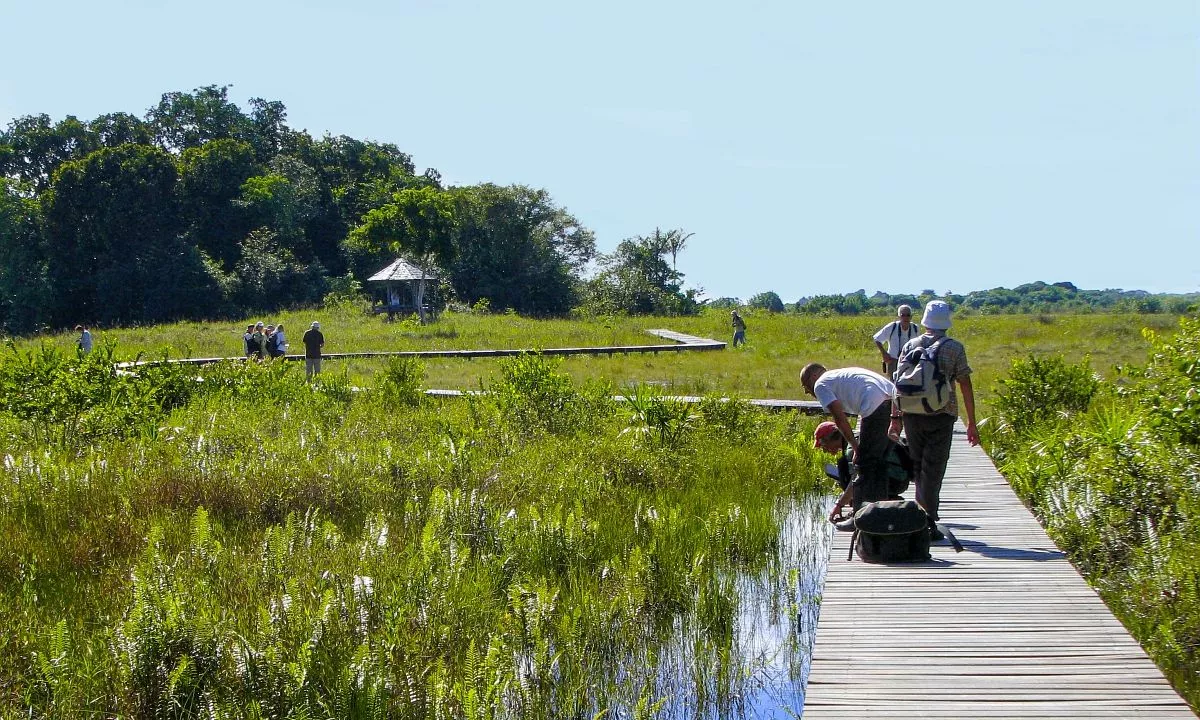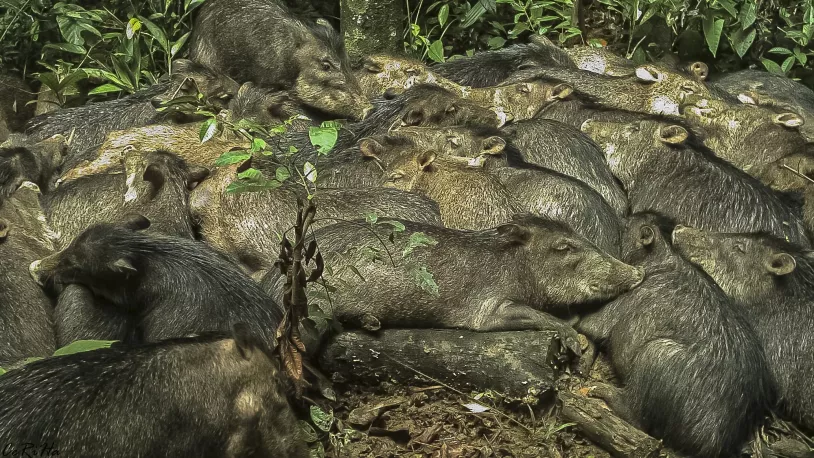Preserving biodiversity
CNES is responsible for protecting the environment and elicits support from a number of partners, including the French National Forests Office and the French Biodiversity Office, to preserve and promote the natural heritage of Europe’s spaceport.
The Biodiversity Management Plan
Because it knows that protecting the environment is a crucial issue, CNES has chosen to adopt a management plan designed to increase knowledge about its natural heritage, promote and protect it. CNES received support from the French National Forests Office (ONF) to help draft the plan, under the terms of an agreement between the two organisations.
To draw up the management plan, CNES first carried out a summary of all flora and fauna studies that had been conducted at Europe’s Spaceport since the 1990s and produced a summary of the site’s historical, industrial and archaeological heritage. Working alongside the ONF, CNES made sure that document contained the main guidelines for managing biodiversity across the site.
Download the full version of the 2020-2030 management plan:
Volume 1 : Inventory and diagnosis
Volume 2 : Issues, dashboards and action plan
Volume 3 : Action sheets
Download the summary of the 2021-2030 management plan HERE

Forest management with the ONF
The ONF has been managing forest resources at Europe’s Spaceport on behalf of CNES since 1966. It helps to protect the site's biodiversity while allowing the general public to discover this natural heritage in the best possible conditions.
Monitoring of the site :
All year round, ONF staff monitor the entire site to prevent any damage to the natural environment: theft of wood, removal of species, illegal land occupations, unauthorized activities.
Promoting the natural heritage among the general public :
To give the general public a chance to discover the different natural environments at Europe’s Spaceport along with the flora and fauna they are home to, nature trails have been created. Some of them are freely accessible, like the one at Monkey Mountain, for example, while others take visitors on supervised tours through the savannah, provided by the ONF in the heart of Europe’s Spaceport.
L'ONF is also involved in the upkeep of the natural trails at Europe's Spaceport.
Discover the CNES nature trails that are open to the public.

Guided tours in the heart of the savannah around Europe’s Spaceport.
OFB study of large animals
As a refuge where hunting is banned, Europe’s Spaceport strives to be a scientific field of interest for observers of Guiana's wildlife. In this context, a study partnership was drawn up in December 2012 between CNES and the French Biodiversity Office (OFB) to study large animals and their habitats on the land around Europe’s Spaceport.
The agreement between CNES and the OFB includes the study of large mammals such as jaguars, pumas and peccaries. The animals studied are captured using leghold traps that hold them captive without harming them. Once they have been examined, measured and weighed, they are fitted with a tracking collar to study their movements before being released. Similar studies will focus on other species such as curassows and white-tailed deer.

A group of peccaries observed at Europe’s Spaceport.